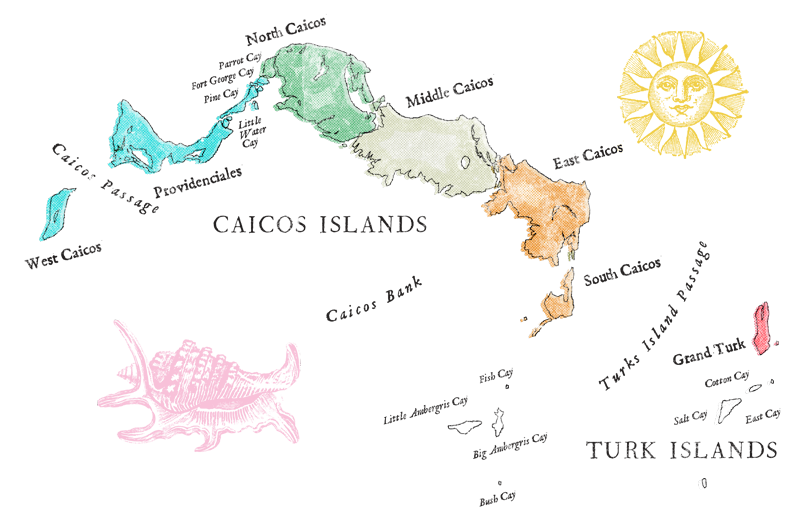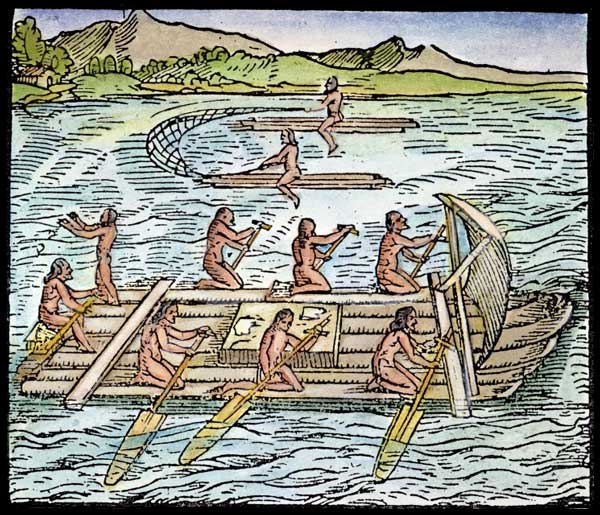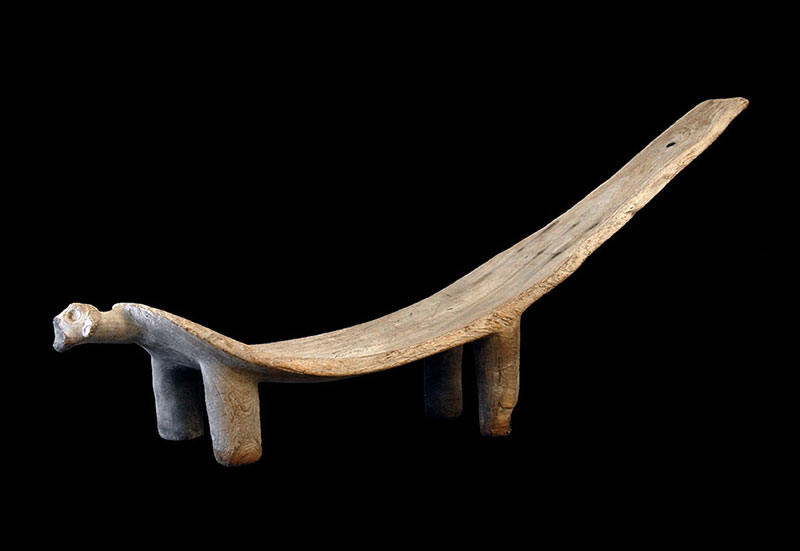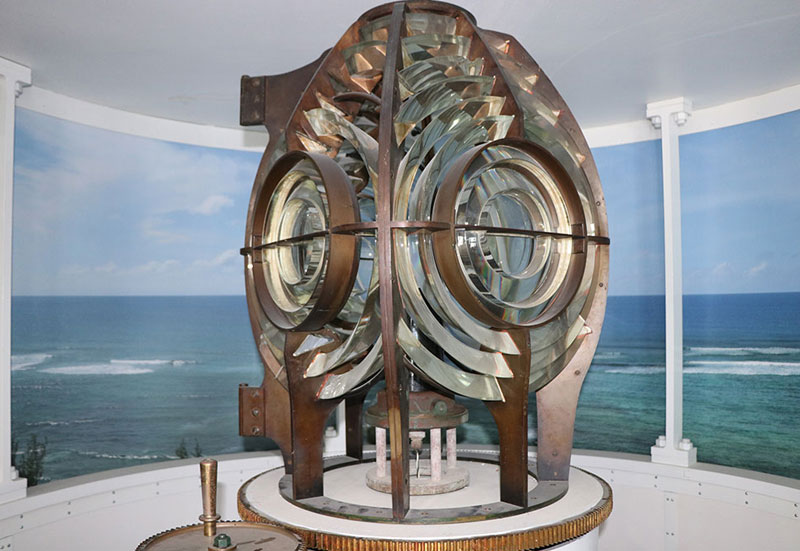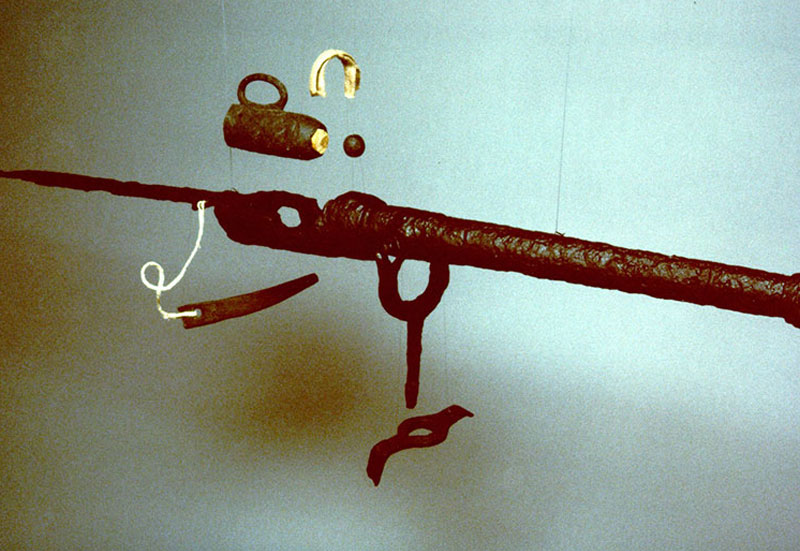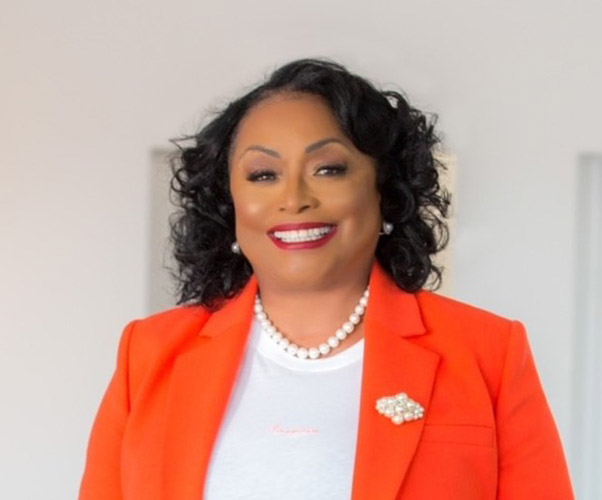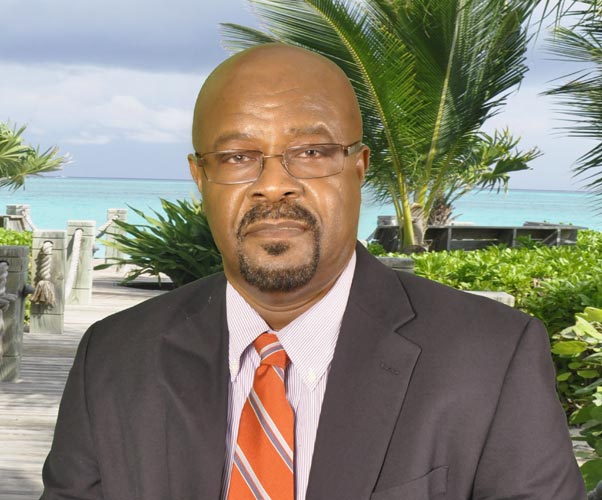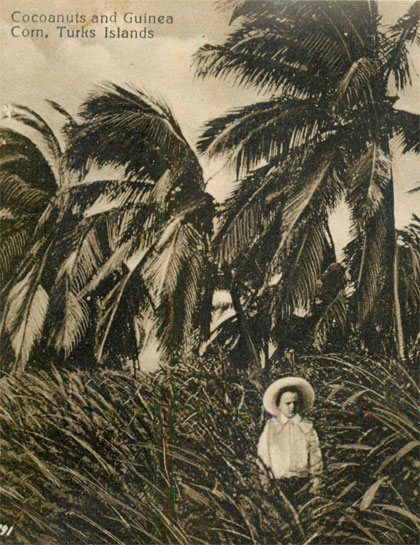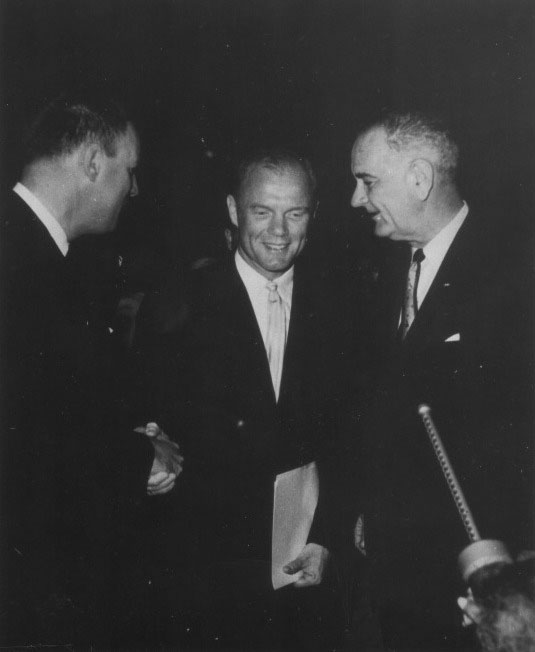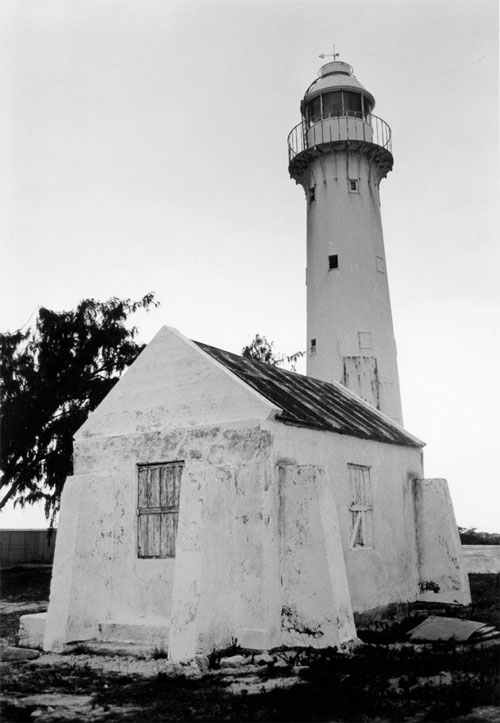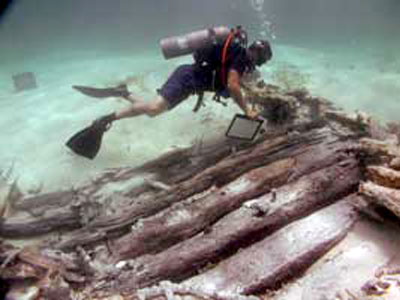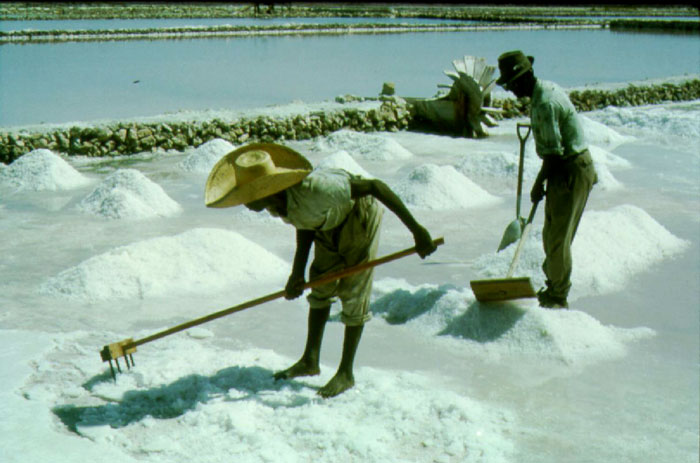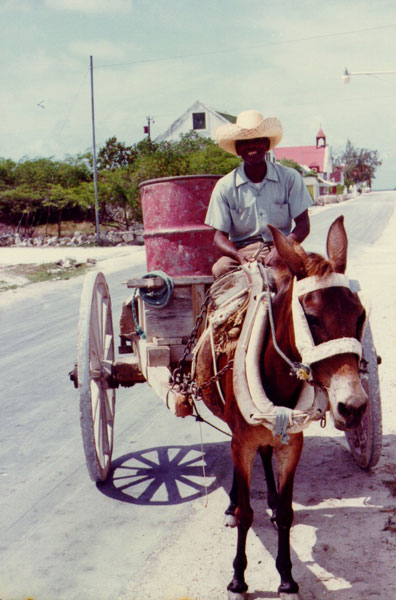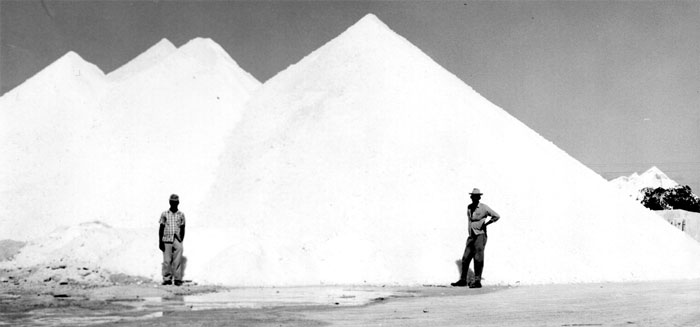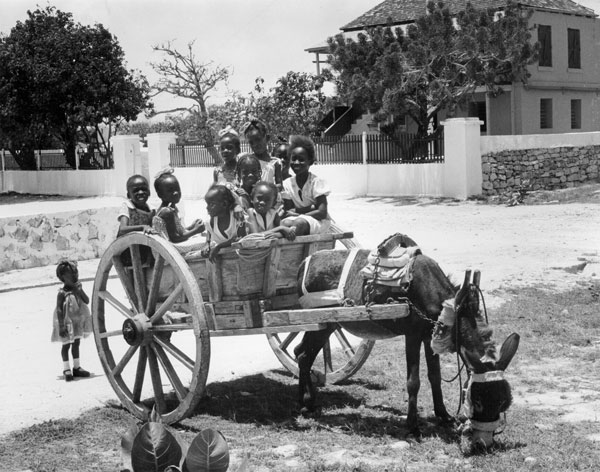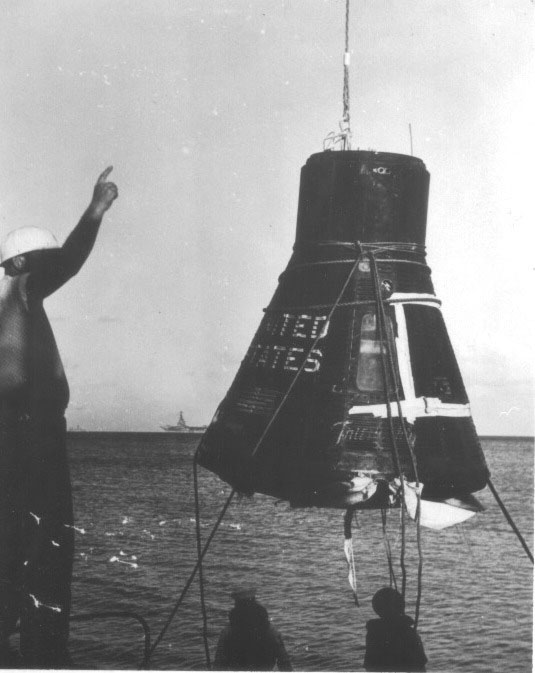Conclusion
Slave history, like all history is biased. In most cases it is written from one side only: that of the slave owner.
With the exception of Mary Prince’s accounts there are no known records written by slaves in the Turks and Caicos Islands, and even this record appears to have been censored.
What we are left with are the official records. The way slave history has been recorded and preserved has clearly created serious problems when researching the subject. Ignoring the simple fact that most of the records are mere lists and collections of “facts”: slave name, age, sex, numbers, regulations, baptism record, work carried out, administration, legislation etc. and not what we are interested in today: the life and hardships of the slaves. The records are so well concealed amongst thousands of other documents it could take many decades to unravel the leads so far uncovered. This is the case for a small country that rarely had over 2000 slaves so it is likely to be more complex for larger countries with larger populations.
So how can researchers help each other? It is clear that during our research we have come across references that tie to other countries, especially the Bahamas, Bermuda and the USA. We have not passed this information on as it should be known about by the relevant countries as most are in the Public Records which the relevant country’s archivists have had access to. However, with the growth of people carrying out their personal family history there is a broad range of new data being made available, and not necessarily being shared.
One issue the Museum also has is how to try and change popular held beliefs. In most cases these beliefs have been taught in the schools. “Our Country, The Turks and Caicos Islands” has been adopted as the main textbook at schools for history and geography. Written and published before the Museum opened it provided an invaluable insight into the countries history, but was limited to the data available to the coordinating team. There is no discussion about the data presented (for example it only talks about the Esperanza being wrecked on East Caicos with its cargo of 300 slaves) and in some instances is clearly wrong (it shows 1832 as the date of emancipation rather than the real date of 1834). It is now time to try and provide more information to the public of the Turks and Caicos Islands. Maybe one good starting point would be a rewrite of this textbook.
At this point it would be best to end with a quote from Mary Prince:
Oh the horrors of slavery!–How the thought of it pains my heart! But the truth ought to be told of it; and what my eyes have seen I think it is my duty to relate; for few people in England know what slavery is. I have been a slave–I have felt what a slave feels, and I know what a slave knows; and I would have all the good people in England to know it too, that they may break our chains, and set us free.
